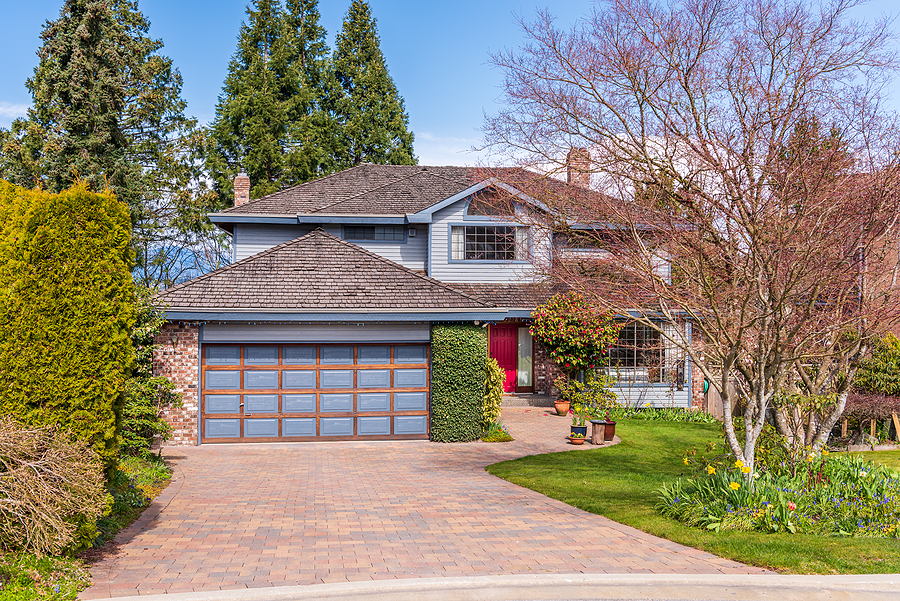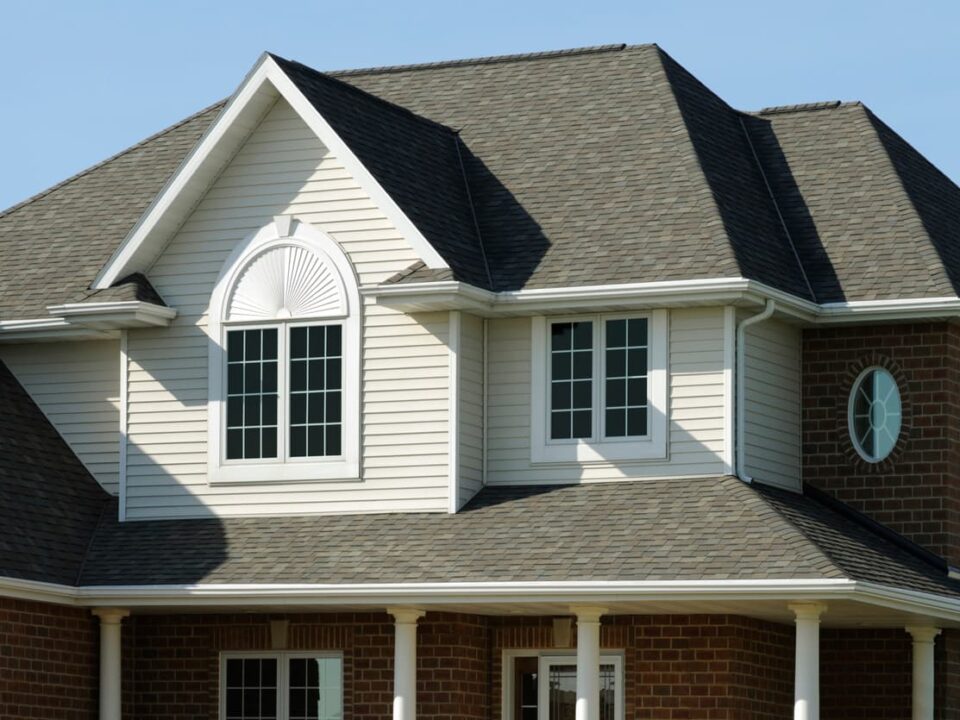
How to Pay for a New Roof
October 7, 2020
Your Guide to Having a New Roof Installed
October 12, 2020
Signs of improper roof ventilation include ice dams, mold growth, and high energy bills. Having the proper amount of ventilation in your attic plays an extremely important role in your home. Without it, you could experience condensation issues, the creation of weak spots in your roof that may lead to water damage, and a serious hit to the overall longevity of your roofing materials.
How Does Roof Ventilation Work?
Effective roof ventilation helps keep the air flowing throughout your attic. This ventilation allows the outside air to flow in and out of your attic, removing any excess heat and moisture from your attic. Air is pulled in via the soffits and eaves and exhausts through the roof vents, creating the proper balance of air. Proper ventilation plays a vital role in keeping your home comfortable, safe, and efficient.
How much attic ventilation is needed?
Since the majority of roofs are under-ventilated, many people are unaware of how much ventilation they need or what kind to purchase. The FHA recommends that you have 1 square foot of attic exhaust, which is both the intake and exhaust, for every 300 square feet of attic space.
Why is Proper Roof Ventilation Essential?
Proper ventilation in your attic helps address many serious issues such as excess heat and moisture that can wreak havoc unsuspectingly in your home. Heat and moisture buildup in an attic can cause different problems in both hot and cold climates, and this means there can be seasonal effects too.
During the hot summer months, when the intense sun rays are beating down on the roof, the temperature in your attic can increase, becoming sweltering. Exposure to excessive heat can warp the roof sheathing and shorten the lifespan of your roof shingles, resulting in the need of purchasing a new roof prematurely. If the attic floor isn’t adequately insulated, the heat can then transfer into the main living spaces of your home, making it much more difficult and expensive to keep your living spaces comfortable.
In places where the temperatures drop below freezing in the winter, warm air escaping into the attic from the heated living spaces below rises to the underside of the roof deck. As the roof deck heats up, the bottom layer of accumulated snow on the rooftop begins to melt, causing water to run down the roof. When the runoff reaches the outer edge, it freezes. When this occurs repeatedly, ice dams form along the eaves blocking the escape of any further runoff. When the water has no place to go, it can cause a back-up to form under the shingles.
Humidity that is generated from your living spaces or from the outdoors, that enters a cool attic condenses into a liquid when it meets colder surfaces. Over time, that moisture can cause deterioration of the roof and structural elements as well as ruin the attic insulation. In a warm attic, moisture allows the growth of harmful mold and mildew to flourish.
How to Spot the Signs of Improper Ventilation?
Lack of ventilation can lead to major problems, both in and around your home. Here are some of the signs to look for:
- Increase in energy bills
- More frequent HVAC repairs
- Structural damage
- Insulation damage
- Mold and mildew growth
What to do About a Poorly Ventilated Roof?
Your first step to combating the damaging effects of improper roof ventilation is to have your roof inspected. If your roof is nearing the end of its lifespan, installing a new roof is recommended. If your roof is in pretty good shape, you may need to have a trusted roofing contractor add roof vents to maintain the longevity of your roofing materials and avoid potential problems improper ventilation can lead to.
For more information about installing a new roof with proper ventilation, contact your trusted roofing experts at Armorvue Home Exteriors today. We can help you determine if a new roof is necessary and help you choose the right materials followed by expert installation from our highly skilled team.
Subscribe to ARMORVUE Home Exteriors’s Blog
Get ARMORVUE Window & Door’s latest articles straight to your inbox. Enter your name and email address below.




